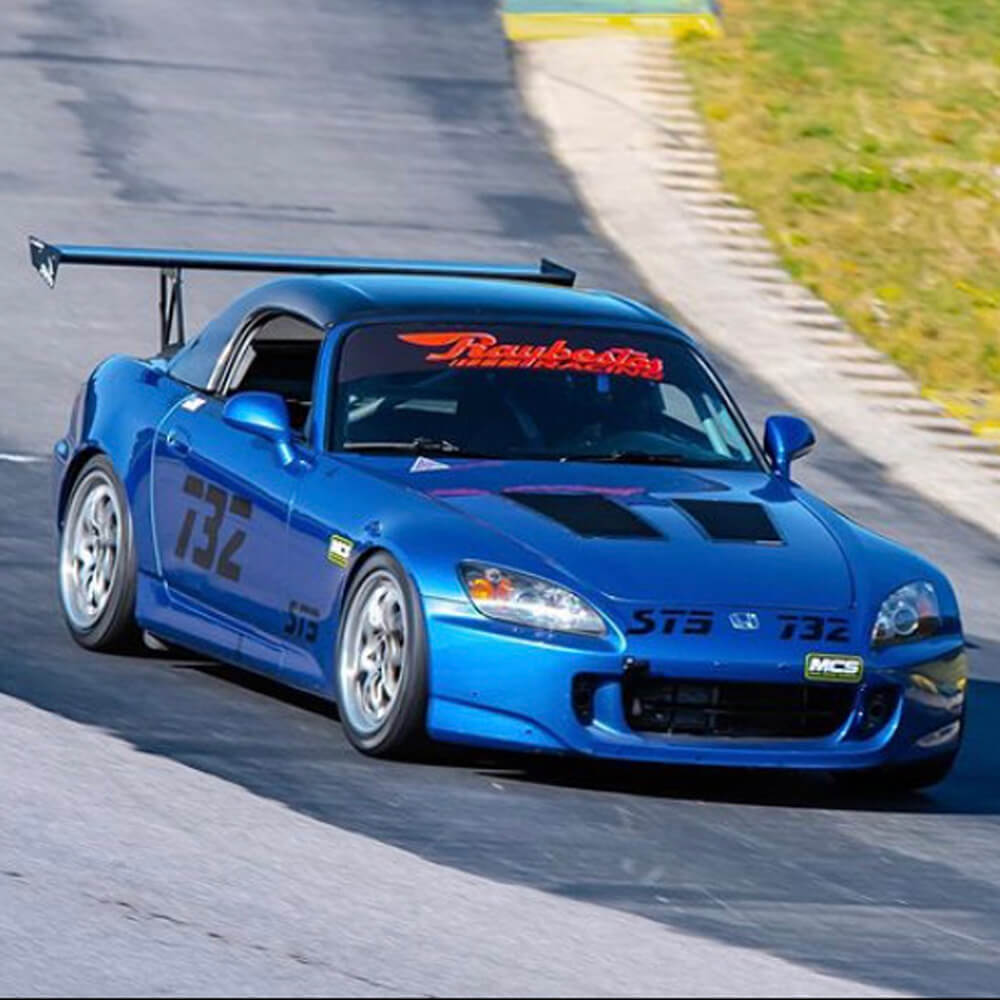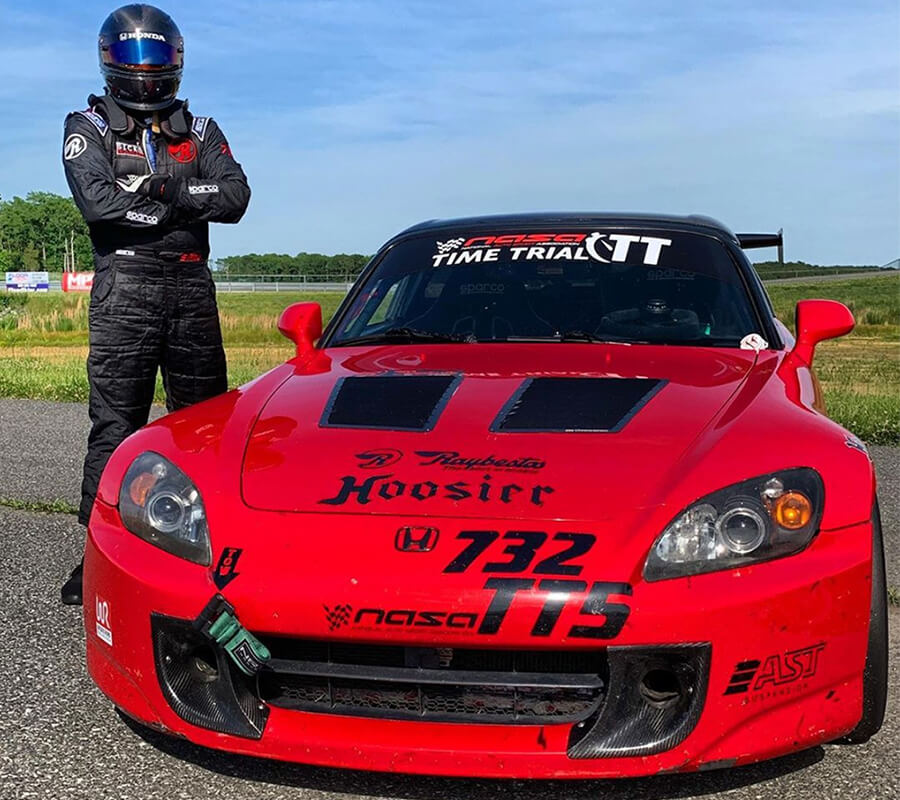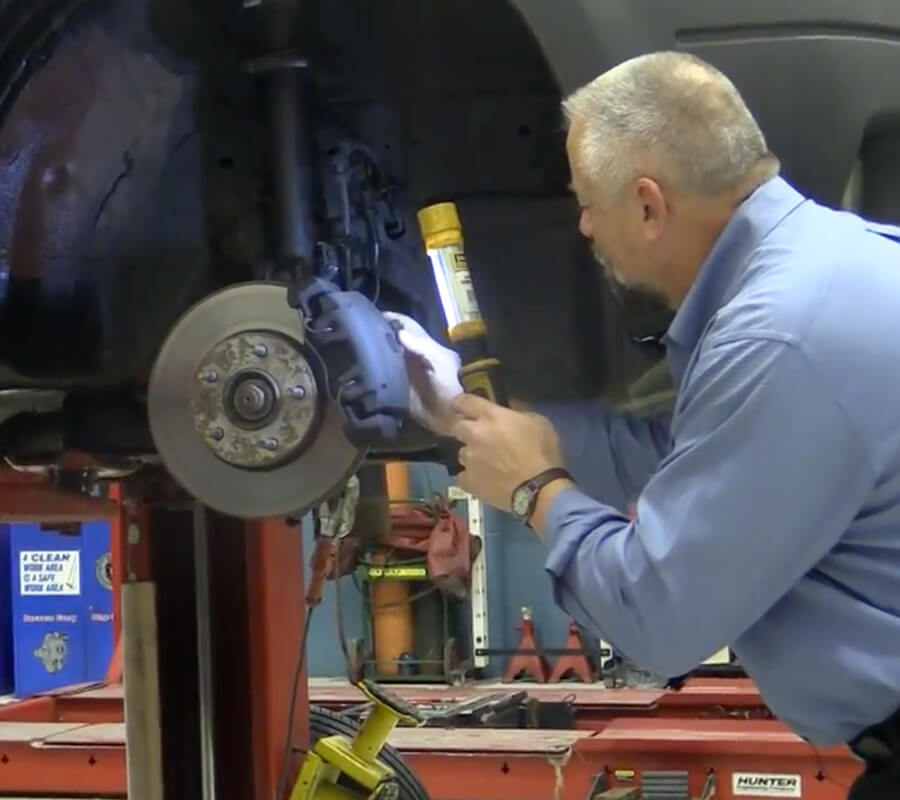How to Prepare for a Return to Racing
Ready for the Green Flag? How to Prepare for a Return to Racing
The caution flag has been out on racing season for most of 2020. We've seen races canceled or postponed throughout the country as a result of COVID-19.
In recent weeks, however, we've seen the caution flag lifted in certain series. NASCAR is back to racing. IndyCar just started its season. Club racing has started up in certain areas as states start to slowly reopen.
As we prepare for the green flag to drop on the 2020 season, now is the time to ask yourself the question: am I ready to go racing?
The obvious answer for all of us is "of course". We're all itching to get out on the track as soon as humanly possible. But it is important to really think about the question posed above.
Have you thoroughly inspected your car since the last track day of 2019? Your car has sat idle for a long time. Are you sure your vehicle's parts are all in tip-top shape?
Have you educated yourself on any updates in standards or rules set forth by your local track or club? We are living in a different world now from a few short months ago, and things will be a lot different at the track in 2020.
To help you prepare for your first track day, we've compiled a list of questions. These questions will aid you in creating a race car inspection checklist and help you make your track day preparations.

Is Your Safety Equipment Up to Date?
It is critical to have the correct safety gear that meets current standards. As a rule of thumb, check the rules of your state and the organization you participate in about safety regulations. If you are unsure about anything, we recommend calling the director or safety administrator to double-check. Never assume when it comes to safety!
Here are a few areas you should pay attention to.
SA-Rated Helmets
When was the last time you looked at the SA date on your helmet? Does it meet current state and organization standards for your class?
Many rules now require an SA10 or newer rating. Have you moved to another class or division in the offseason? Does the class require a Nomex helmet and a higher SFI rating on your suit or jacket?
Seatbelts
Another safety item that you should inspect is seatbelts. Many states require that new race belts be installed every 2 years.
It is important to check the tag, which is usually located by the belt latch. There will be a month and year listed that tells you when you should replace your belt.

Did You Inspect Your Brakes?
For a lot of racers, brakes are a part of the car that is often overlooked. How often do you inspect your braking system? Is it only when a noise or problem arises?
Like other systems in a race car, it's important to inspect and maintain your brake system.
Start with a thorough visual check to make sure there are no leaks and nothing seems out of order.
Brake Lines
Check all lines and connections. Even small leaks can lead to large problems if not addressed early on. Now might be a good time to upgrade to a steel braided line.
Rotors
Does the color of one rotor look off in certain areas? This is a sign that the rotor is getting to a higher temperature than your other rotors. You may have an issue with a seized caliper causing the brakes to drag.
Calipers
Next look at the caliper. Are there any noticeable leaks? Have someone press the brake pedal and inspect each caliper. Are the pistons applying and retracting the brakes as designed?
Brake Pads
Finally, look at the pads. Do the pads have enough life on them? Are they wearing evenly? If the answer to either question is no, now is a great time to swap them with the car already on the rack and the wheels off.
This is a great time to think about upgrading your brake kit as well. But always make sure to do your research before you make a purchase. Raybestos offers an overview of each of our eight Professional Racing formulations on our website. What is a better place to start your research?

Have you studied new track rules (COVID updates)?
There's no denying that our everyday lives have entered a new reality due to the fallout of COVID. There are new rules and regulations put in place across industries as we begin to re-open society. Race tracks, clubs and organizations are not immune to this.
These entities are making changes to regular procedures in order to keep competitors safe at the track. Here are a list of examples we've found at tracks across the country:
- Pit areas may be practicing social distancing
- Common spaces like grandstands may be closed
- Drivers' meetings may be moved to teleconferences
- Masks may be required in the pit
- Crew members may be limited during competition
It is important to familiarize yourself with these rules before showing up at the track.
We are all eager to get back racing. But it’s important we do so in a safe and responsible matter. Whether you are a club racer or a professional, taking the time to make sure you are ready is key.



